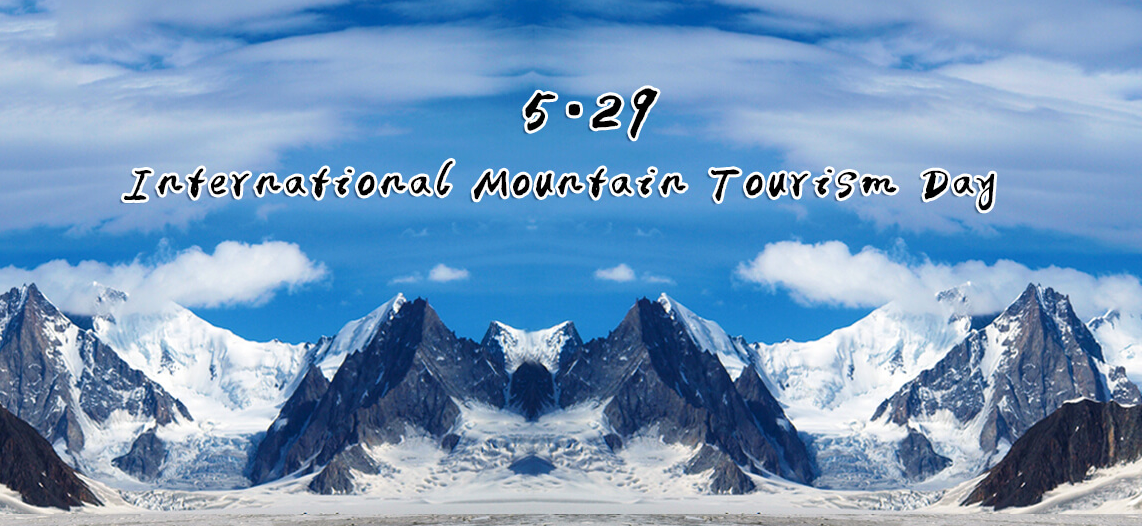home
>English>News>Industry News
text
A Black Forest trek to German philosopher Heidegger’s writing ‘hut’
time:2018-08-10 18:56
author:International Union of mountain tourism
Thematic activities
more>>-
Against the backdrop of globalization, t ...














